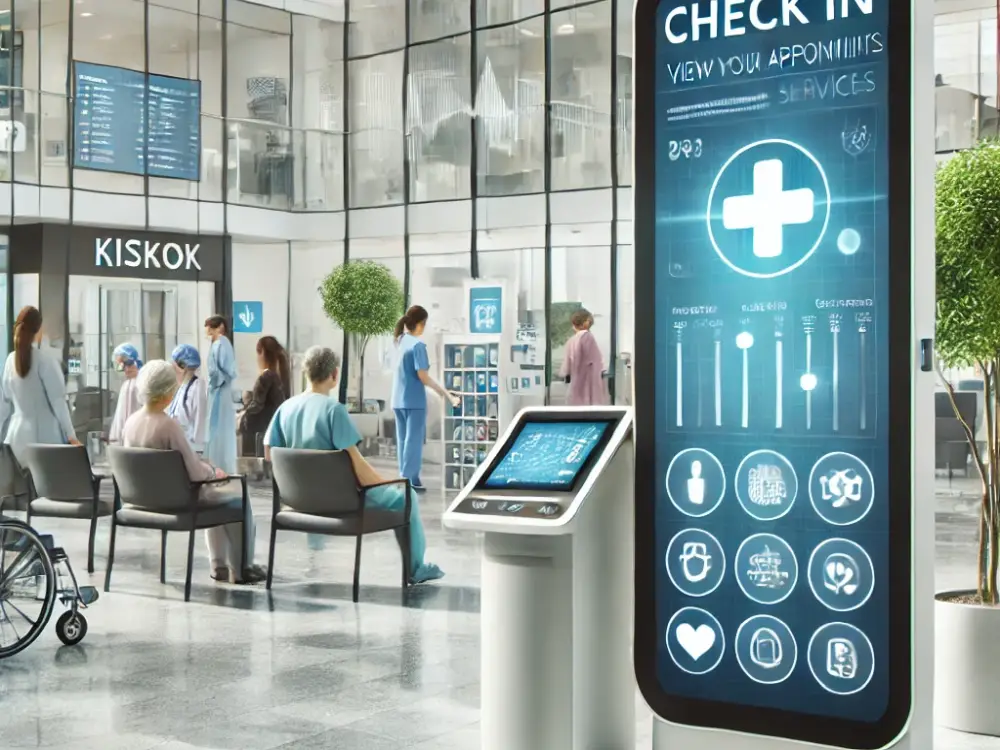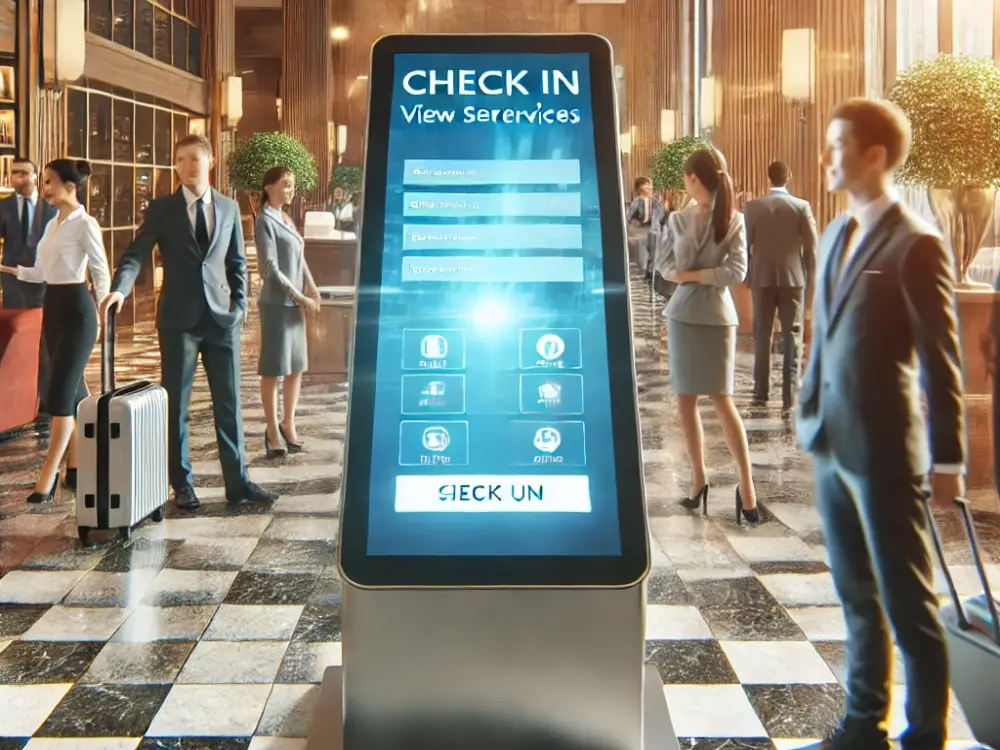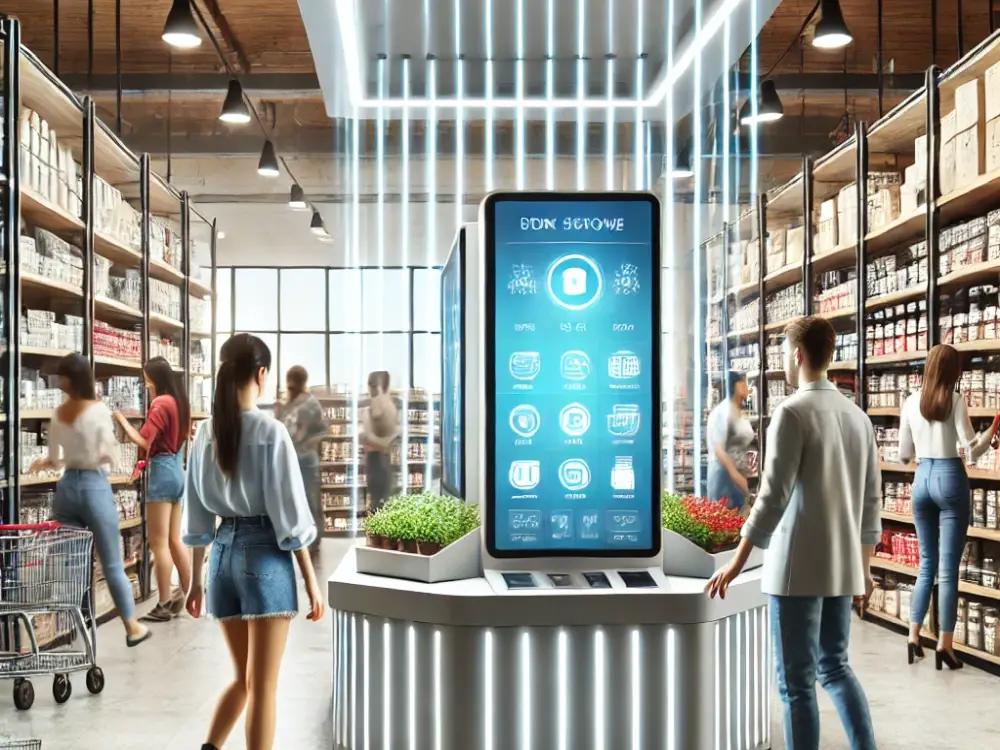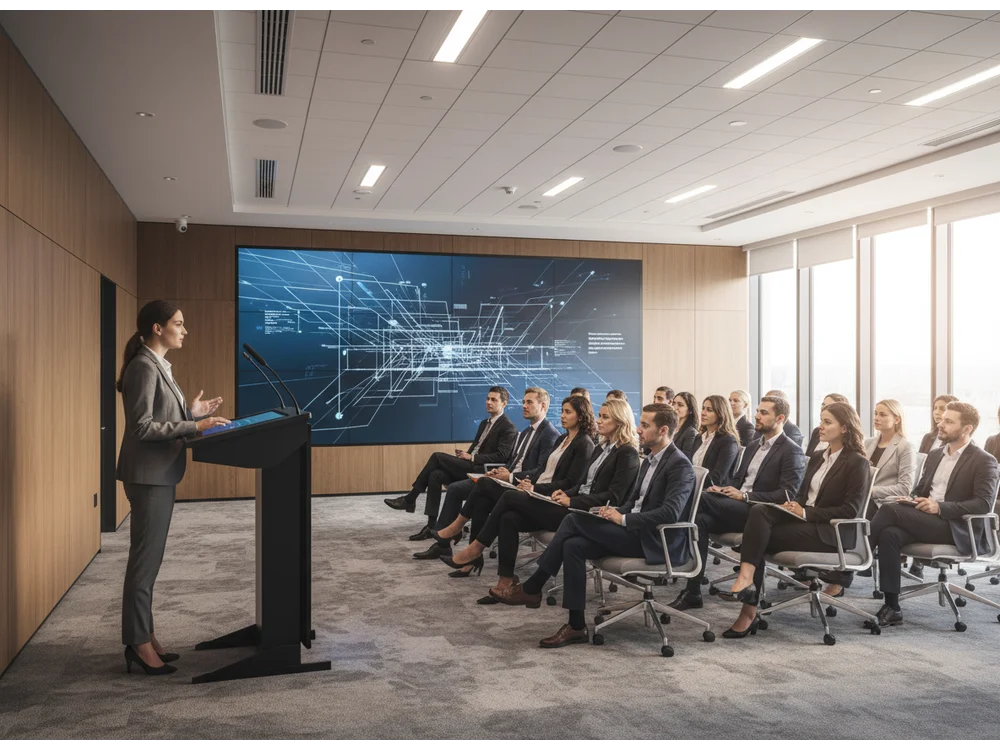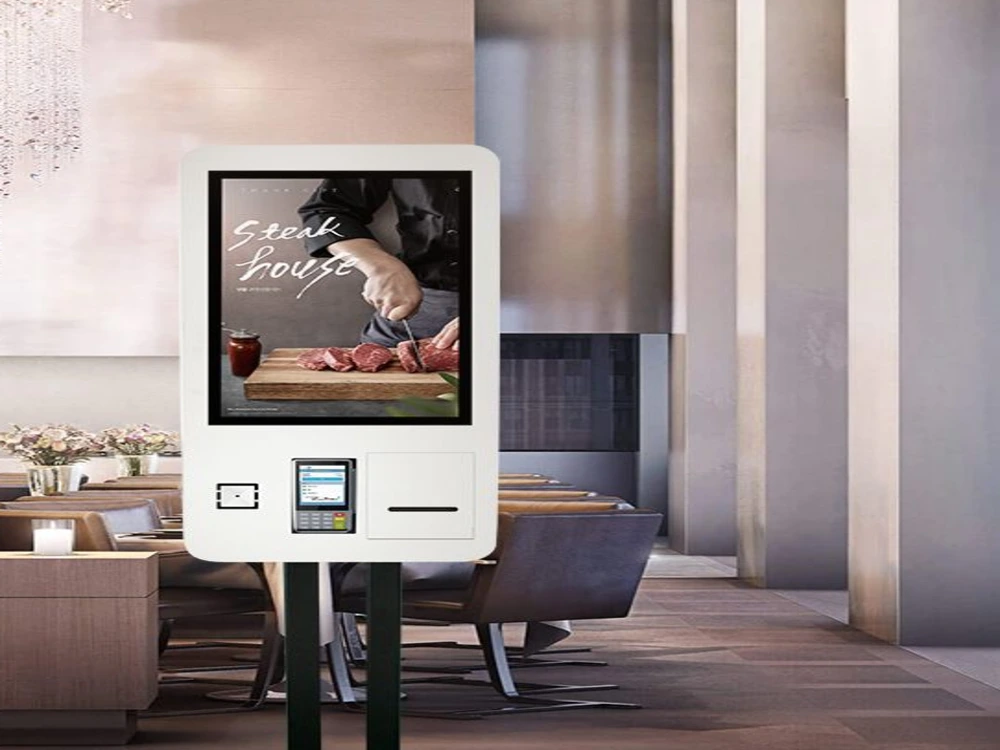In today’s fast-paced world, Smartboard hospitality solutions are transforming how businesses interact with customers. From interactive kiosks in hotel lobbies to self-service stations in restaurants, these innovations deliver efficiency and engagement. These kiosks combine sleek hardware with intuitive software, allowing users to browse information, make purchases, register for events, or interact with digital content independently.
The technology becomes even more powerful when Smartboard functionality is integrated into interactive kiosks. Smartboards bring collaborative features, touchscreen responsiveness, and multimedia capabilities into the self-service experience — making the kiosk more than just a static display, but an intelligent, dynamic communication hub.
Whether in retail stores, educational institutions, hotels, or corporate offices, Smartboard-powered kiosks are reshaping the way organizations connect with their audiences.
What Makes an Interactive Kiosk Different?
Unlike traditional screens or posters, interactive kiosks allow two-way communication between the system and the user. With features like touch, gesture recognition, voice commands, and even stylus input, users can navigate menus, zoom in on product images, or fill in forms without the need for assistance from staff.
When you integrate Smartboard technology, you add a new layer of capability — users can annotate directly on the display, collaborate in real time, or interact with multimedia content in a way that’s both natural and intuitive.
Key Benefits of Interactive Kiosks with Smartboard Integration
1. Enhanced Customer Engagement
A Smartboard-enabled kiosk draws attention with its interactive and dynamic interface. Features like handwriting recognition, interactive drawings, and multimedia playback turn simple browsing into an immersive experience. Businesses can use this to create memorable customer interactions, which in turn boosts brand loyalty.
2. Versatility Across Use Cases
These kiosks are not limited to one role. In a retail store, they can serve as virtual sales assistants; in a school, as an interactive learning tool; in a hotel lobby, as a self-check-in system. The Smartboard’s flexibility means the same hardware can run multiple applications depending on your business needs.
3. Real-Time Information Delivery
Information on the kiosk can be updated instantly across all connected locations. For example, a retail chain can launch a new product and have it displayed on all kiosks nationwide in seconds. Smartboards support rich media, so announcements can include videos, animations, and annotated images.
4. Seamless Integration with Business Systems
Smartboard kiosks can link directly to back-end systems like CRM, ERP, or POS software. A customer can view available stock, place an order, and receive confirmation instantly. This eliminates manual data entry and reduces the chance of human error.
5. Accessibility and Inclusivity
With options for multi-language support, adjustable display height, voice navigation, and clear visual cues, Smartboard kiosks cater to a wide range of users — from children to senior citizens, and from tech-savvy individuals to first-time users.
Industry Applications
Retail
Smartboard kiosks can act as interactive product catalogs, letting customers explore items, check stock, and place orders without waiting for staff. They can also display promotional campaigns and allow shoppers to sign up for loyalty programs.
Education
On campuses, these kiosks can provide digital maps, display announcements, or serve as collaborative learning stations. Teachers can use them during open days or events to showcase student work interactively.
Hospitality
Hotels benefit from self-check-in kiosks, digital concierge services, and interactive tourist guides. Guests can make restaurant bookings, check local attractions, or browse room service menus — all from the kiosk.
Corporate Offices
In a corporate setting, kiosks streamline visitor registration, present company updates, and guide guests through large office complexes. During presentations, the Smartboard feature enables interactive diagrams and brainstorming sessions.
Healthcare
Hospitals and clinics can install Smartboard kiosks for patient registration, appointment booking, and health education displays. They help reduce queues and give patients more control over their visit.
Why Choose Smartboard-Integrated Kiosks Over Standard Ones?
While a regular interactive kiosk provides self-service capabilities, Smartboard integration turns it into a high-performance engagement tool. It blends touchscreen computing, collaborative whiteboard functions, and digital signage into a single device. This means businesses get more value out of a single investment.
Furthermore, Smartboard kiosks future-proof your business. With software updates, the same hardware can take on new roles — from payment processing to virtual conferencing — without costly replacements.
Conclusion
Interactive kiosks with Smartboard technology are redefining the customer and user experience. They offer instant access to information, seamless integration with business systems, and engaging features that go far beyond simple displays. From retail to healthcare, these kiosks empower organizations to deliver smarter, faster, and more interactive services.
By adopting this technology, you’re not just upgrading your equipment — you’re upgrading the way you connect with your audience.
